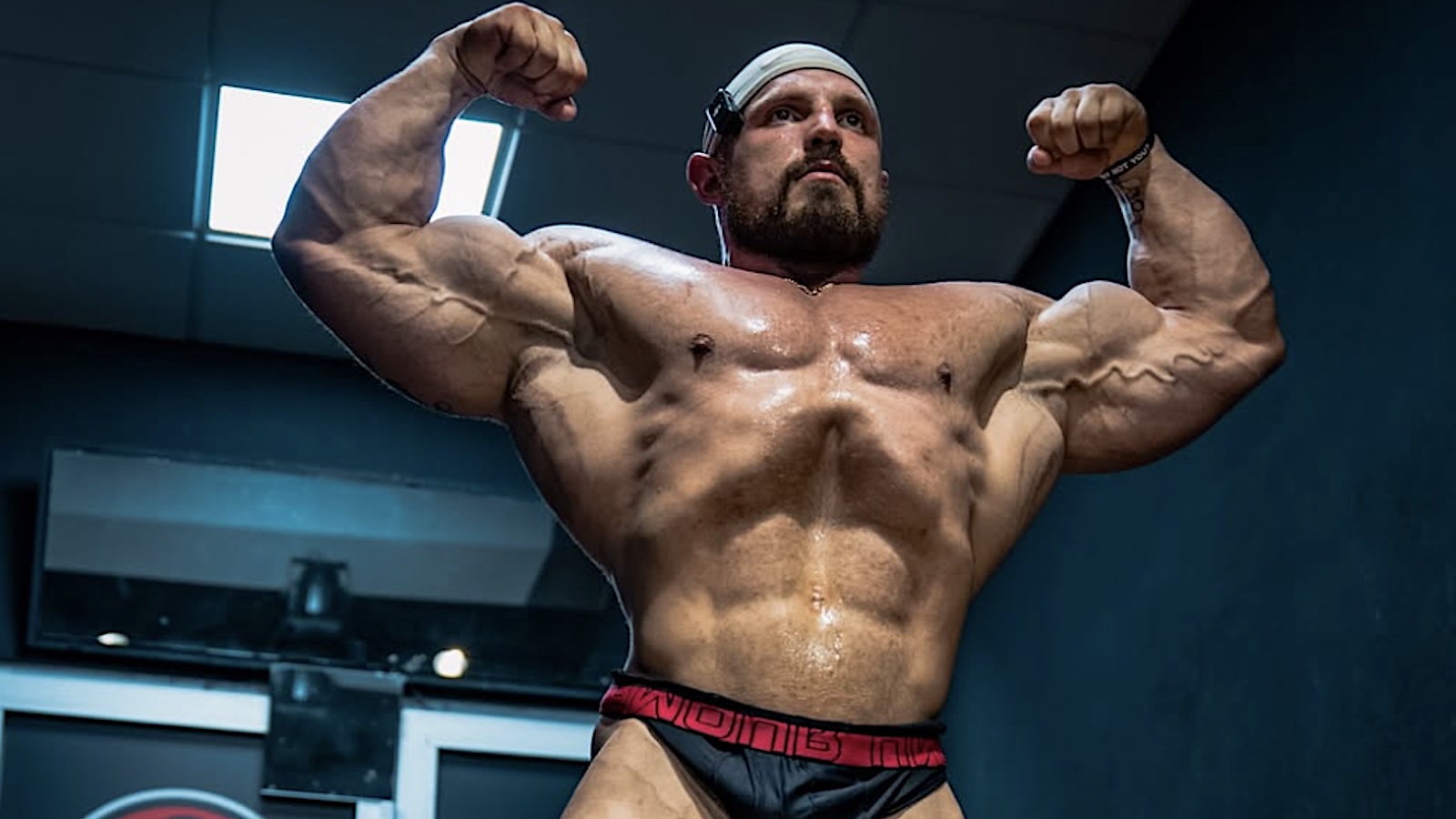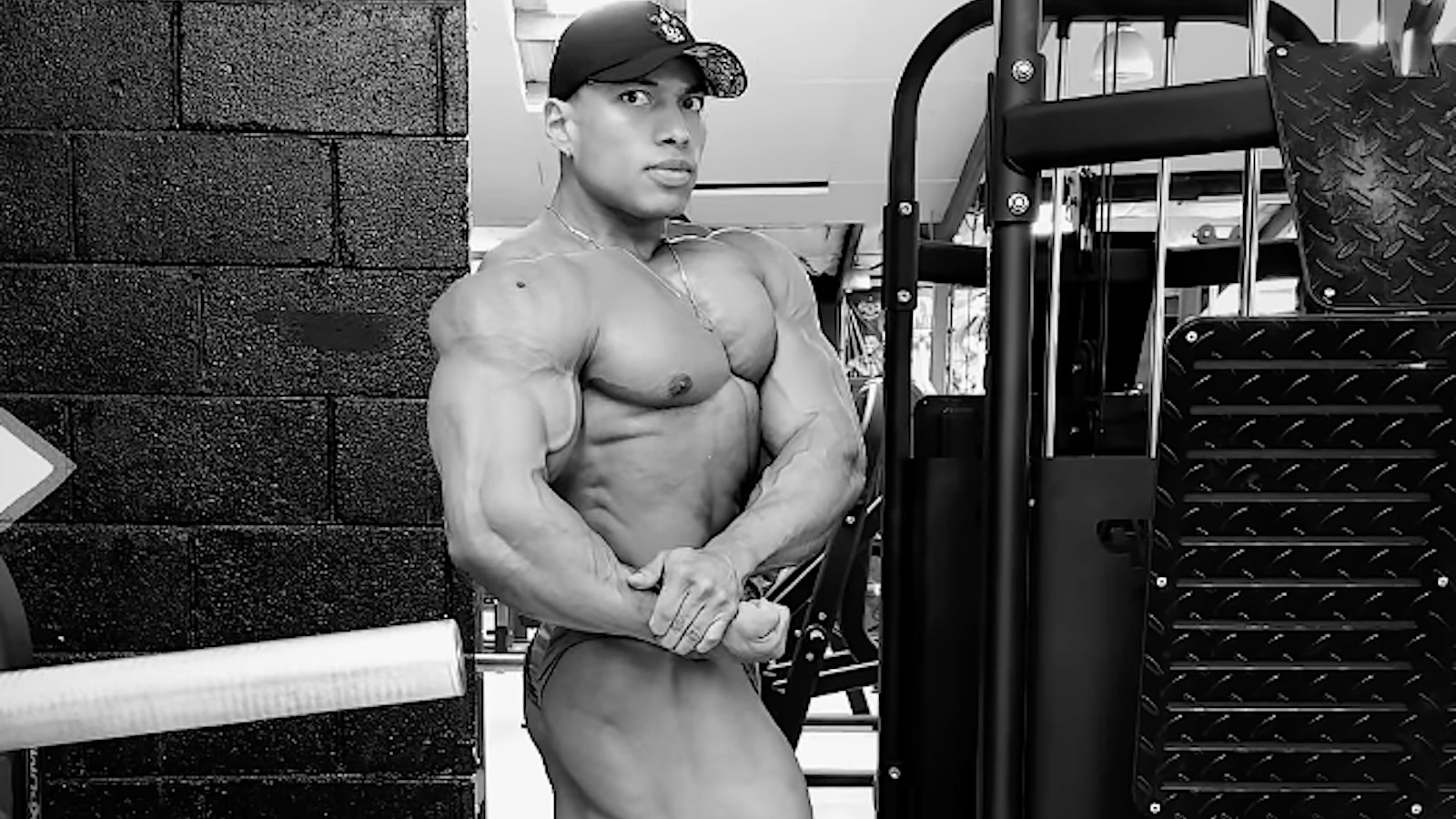
When it comes to effective strength training, workout splits are a proven method to optimize muscle growth and recovery. One of the most efficient and beginner-friendly splits is the upper and lower body split workout. This method divides your training days into upper body days and lower body days, allowing each muscle group ample time to recover while still training multiple times a week.
Whether you’re aiming to build muscle, gain strength, or burn fat, this approach delivers balanced development and consistent progress. In this article, you’ll discover everything you need to know about upper/lower split training, including its benefits, structure, sample workouts, and tips for maximum results.
What Is an Upper and Lower Body Split Workout
An upper/lower body split is a training strategy where you separate your workouts into two main categories:
- Upper Body Workouts: Focused on muscles of the chest, back, shoulders, biceps, and triceps.
- Lower Body Workouts: Targeting muscles of the quadriceps, hamstrings, glutes, calves, and core.
This split typically follows a 4-day workout schedule, such as:
- Monday: Upper Body
- Tuesday: Lower Body
- Thursday: Upper Body
- Friday: Lower Body
This format provides sufficient frequency to stimulate muscle growth while giving each muscle group enough recovery time.
Benefits of Upper and Lower Body Workout Split Training
1. Efficient Muscle Recovery
Training your upper and lower body on separate days prevents overtraining. Each muscle group gets rest between sessions, improving recovery and reducing the risk of injury.
2. Enhanced Training Frequency
By splitting the workouts, you’re able to train each muscle group twice a week, which research shows is ideal for hypertrophy (muscle growth).
3. Balanced Physique Development
Since you alternate between upper and lower body workouts, you avoid the common issue of muscle imbalances (like training chest more than legs).
4. Time-Efficient Workouts
Upper/lower splits allow you to focus on fewer muscles per session, which keeps workouts shorter yet intense—ideal for busy individuals.
How to Structure an Upper and Lower Body Workout Split
To make the most of this training approach, structure your workouts with these principles:
Full-Body Compound Lifts
Each session should begin with compound exercises that target multiple muscles. For example:
Accessory Movements
After your compound lifts, add isolation exercises to target smaller muscles like biceps, triceps, or calves.
Core Training
Incorporate core work like planks, leg raises, or Russian twists into lower body days or at the end of sessions.
Sample 4-Day Upper and Lower Body Split Workout Plan
Here’s a detailed 4-day training plan designed for strength and hypertrophy.
Day 1: Upper Body (Push & Pull Focus)
1. Barbell Bench Press – 4 sets x 6–8 reps
2. Pull-Ups (or Lat Pulldown) – 4 sets x 8–10 reps
3. Dumbbell Shoulder Press – 3 sets x 10–12 reps
4. Seated Cable Row – 3 sets x 10–12 reps
5. Dumbbell Lateral Raise – 3 sets x 12–15 reps
6. Barbell Curl – 3 sets x 12–15 reps
7. Triceps Pushdown – 3 sets x 12–15 reps
Day 2: Lower Body (Strength & Glute Focus)
1. Barbell Back Squat – 4 sets x 6–8 reps
2. Romanian Deadlift – 4 sets x 8–10 reps
3. Walking Lunges (with Dumbbells) – 3 sets x 12 reps per leg
4. Glute Bridges – 3 sets x 15 reps
5. Seated Calf Raises – 3 sets x 20 reps
6. Plank – 3 sets x 30–60 seconds
Day 3: Upper Body (Chest, Shoulders & Arms)
1. Incline Dumbbell Press – 4 sets x 8–10 reps
2. Chin-Ups – 3 sets x max reps
3. Arnold Press – 3 sets x 10–12 reps
4. Cable Face Pulls – 3 sets x 15 reps
5. EZ-Bar Curl – 3 sets x 12–15 reps
6. Overhead Triceps Extension – 3 sets x 12–15 reps
7. Push-Ups (Burnout Set) – 2 sets to failure
Day 4: Lower Body (Hamstrings, Glutes & Core)
1. Deadlifts – 4 sets x 5 reps
2. Bulgarian Split Squats – 3 sets x 10 reps per leg
3. Hamstring Curls (Machine) – 3 sets x 12 reps
4. Step-Ups with Dumbbells – 3 sets x 12 reps per leg
5. Standing Calf Raises – 3 sets x 20 reps
6. Hanging Leg Raises – 3 sets x 15 reps
Upper and Lower Body Workout Split Exercises to Include
Top Upper Body Exercises
- Chest: Bench Press, Dumbbell Flyes, Push-Ups
- Back: Pull-Ups, Barbell Rows, Lat Pulldown
- Shoulders: Military Press, Arnold Press, Lateral Raises
- Arms: Bicep Curls, Hammer Curls, Triceps Dips
Top Lower Body Exercises
- Quads: Squats, Leg Press, Lunges
- Hamstrings: Romanian Deadlifts, Hamstring Curls
- Glutes: Hip Thrusts, Bulgarian Split Squats
- Calves: Seated/Standing Calf Raises
- Core: Planks, Russian Twists, Leg Raises
How Many Sets and Reps Should You Do?
For Muscle Growth (Hypertrophy):
- 3–5 sets per exercise
- 8–12 reps
- 60–90 seconds rest between sets
Strength:
- 3–6 sets per exercise
- 4–6 reps
- 2–3 minutes rest
Endurance:
- 2–3 sets
- 12–15+ reps
- 30–60 seconds rest
Alternate training goals every few weeks to avoid plateaus and stimulate continued progress.
Tips to Maximize Results with Upper/Lower Workout Split Training
1. Track Your Progress
Log your workouts to keep track of reps, weights, and sets. This allows you to apply progressive overload, which is key for muscle and strength gains.
2. Focus on Form
Always prioritize good form over heavier weights. Proper technique prevents injury and ensures the correct muscles are being targeted.
3. Nutrition Matters
Fuel your workouts with a balanced diet rich in protein, complex carbohydrates, and healthy fats. Aim for 1.0–1.2 grams of protein per pound of body weight for muscle building.
4. Rest and Recovery
Rest days are just as important as training days. Get 7–9 hours of sleep per night and incorporate stretching, foam rolling, or yoga for recovery.
5. Adjust Volume Based on Goals
If you’re a beginner, start with fewer exercises and sets, then build up volume gradually. Intermediate and advanced trainees can handle higher training loads.
Who Should Follow an Upper and Lower Body Workout Split?
This split works for a variety of people:
- Beginners: Offers a simple structure without overcomplicating routines.
- Intermediate Lifters: Great for those looking to add more volume and target specific areas.
- Busy Individuals: Flexible for people who can train 3–4 times per week.
- Fat Loss Seekers: Allows for frequent training while preserving lean muscle.
Variations of Upper and Lower Body Workout Split Training
If the traditional 4-day routine doesn’t suit your schedule, consider these alternatives:
3-Day Split
- Day 1: Upper Body
- Day 2: Lower Body
- Day 3: Full Body or Conditioning
5-Day Hybrid Split
- Day 1: Upper Push
- Day 2: Lower Body
- Day 3: Upper Pull
- Day 4: Lower Body (light)
- Day 5: Arms & Abs or Active Recovery
This variation is perfect for advanced lifters needing more training stimulus and volume.
Common Mistakes to Avoid With Upper Lower Body Split Workout
Skipping Leg Day
Don’t fall into the trap of only doing upper body workouts. Your lower body houses some of the largest muscles—training them enhances fat loss and full-body strength.
Not Progressing
Using the same weight and reps every week won’t build muscle. Gradually increase your loads, reps, or sets over time.
Poor Program Balance
Ensure you’re training all muscle groups equally. Avoid overemphasizing chest or arms while neglecting your back and legs.
Why Upper and Lower Body Workout Splits Work
An upper/lower split workout is one of the most versatile, balanced, and effective training methods for building strength and muscle. It’s beginner-friendly but also adaptable for intermediate and advanced lifters. By focusing on compound lifts, progressing with each session, and ensuring recovery, you’ll see real and lasting gains.
Whether your goal is to pack on lean muscle, increase strength, or burn fat, this split gives you the tools to structure your workouts efficiently. Start with the sample routine above, adjust to fit your needs, and watch your performance and physique transform.










